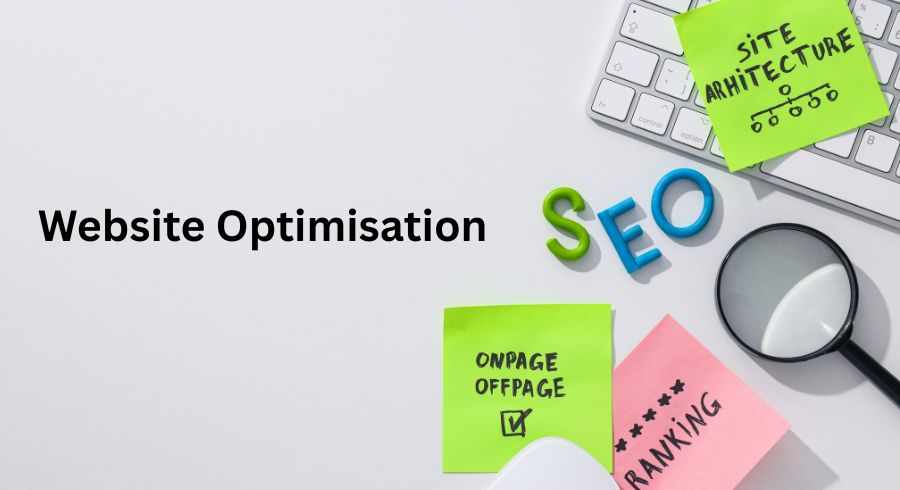
In a digital-first world, your website is more than just a virtual storefront—it’s your most powerful sales tool. But if you're not seeing the conversions you expect, there’s a good chance your site has underlying issues. Website optimisation is essential for turning visitors into loyal customers. When done right, it enhances user experience, boosts search rankings, and increases ROI. But when neglected or poorly executed, it can lead to missed opportunities and lost revenue.
Let’s explore the top 10 website optimisation mistakes that could be silently hurting your conversions—and how you can fix them with the help of professional website optimisation services.
1. Slow Page Load Speed
Nothing frustrates users faster than a sluggish website. A delay of even one second can reduce conversions by 7%. Speed is a crucial factor in both user experience and SEO. Optimising image sizes, using caching, and leveraging a content delivery network (CDN) can dramatically improve load time.
2. Poor Mobile Responsiveness
With over half of all web traffic coming from mobile devices, your site must perform flawlessly on smartphones and tablets. A non-responsive layout leads to high bounce rates and lost leads. Website optimisation includes mobile-first design to ensure every user gets a seamless experience.
3. Cluttered and Confusing Navigation
If users can’t find what they’re looking for, they won’t stick around. A streamlined navigation structure makes it easier for visitors to move through your site and take desired actions. This is a core component of good website optimisation practices.
4. Weak or Missing Calls-to-Action (CTAs)
Every page should guide the user to take a specific next step—whether it's signing up, buying, or contacting you. Vague or absent CTAs create dead ends. Effective website optimisation services ensure your CTAs are visible, compelling, and strategically placed.
5. Poorly Written or Thin Content
Content should inform, engage, and convert. Thin or irrelevant content can confuse users and hurt your search engine rankings. Optimising your content for clarity, value, and keywords is a critical step in any website optimisation plan.
6. Ignoring SEO Basics
From broken links and missing meta tags to non-optimized headings, SEO errors can cripple your website’s visibility. Website optimisation involves aligning your technical SEO, on-page elements, and content to improve both search performance and usability.
7. Complicated Forms
Long or confusing forms can scare off potential leads. Simplify forms by reducing the number of fields, using smart input types, and clearly indicating required information. Good website optimisation services always include conversion-friendly form design.
8. Lack of Trust Signals
Visitors need to trust your brand before converting. Missing testimonials, reviews, certifications, or security badges can cost you credibility. Optimising your site to include these trust elements can significantly improve conversions.
9. Unclear Value Proposition
Users should understand what you offer and why it matters—within seconds of landing on your site. If your messaging is unclear or generic, they’ll leave. Strong website optimisation focuses on communicating your unique value quickly and effectively.
10. Not Using Analytics to Improve
You can't fix what you don’t measure. Without data from tools like Google Analytics or Hotjar, you're guessing at what works. Professional website optimisation services include ongoing analysis to fine-tune your site based on real user behavior.
Final Thoughts
If your website isn’t converting, it’s not enough to increase traffic—you need to optimise what you already have. Avoiding these common mistakes and investing in expert website optimisation can transform your site into a lead-generating machine. Don’t let small issues hold back big results.





Write a comment ...